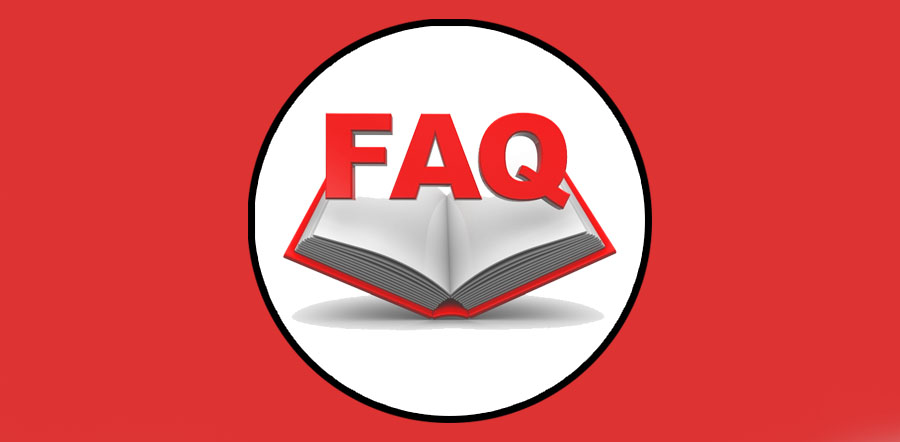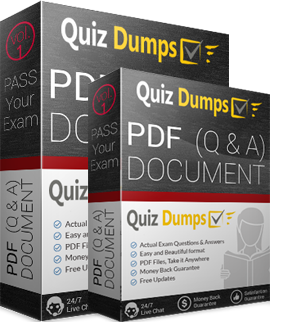A00-260
Guaranteed Success in A00-260 Exam
| A00-260 Exam Dumps PDF + Practice Test | |||
| Exam: | A00-260 | ||
| Exam Name: | SAS Certified Data Integration Developer for SAS Exam | ||
| Certification(s): | SAS Certified Data Integration Developer | ||
| Questions: | 70 Questions Answers | ||
| Last Updated: | Feb 15,2025 | ||
| Price: | Was: $85 Today: $59 | ||
Check Free Demo Before Buy
$ 49.00 – $ 75.00
“The A00-260 practice test is something that You’re looking for a very long time is here !”
Pass your SAS A00-260 Exam with the Latest QuizDumps A00-260 PDF Questions and Answers. QuizDumps provides [Authentic , Updated and Real] A00-260 Braindumps that are prepared and verified by IT experts. If you want to get high marks then start your preparation now with QuizDumps Study Material.
1: Download Q&A PDF
You can easily download the A00-260 Questions Answers PDF file for the preparation of SAS Certified Data Integration Developer for SAS Exam and it is especially designed for SAS A00-260 exam and QuizDumps prepared a list of questions that would be asked in the real A00-260 exam.
2: Prepare Questions Answers
Use QuizDumps's A00-260 exam dumps PDF and prepare SAS Certified Data Integration Developer for SAS Exam A00-260 Questions Answers with 100% confidently. We offer 100% real, updated and verified exam questions and answers tested and prepared by experts to pass SAS A00-260 exam.
3: Pass Your Exam
After your preparation for SAS Certified Data Integration Developer for SAS Exam A00-260 exam by using QuizDumps's exam material kit you will be ready to attempt all the A00-260 questions confidently which will make 100% guaranteed your success in the first attempt with really good grades.
-
CTFL
ISTQB Software Testing
Updated: 2025-02-18 219 Questions -
Marketing-Cloud-Account-Engagement-Consultant
Salesforce Marketer
Updated: 2024-11-03 261 Questions -
ADX-211
Salesforce Certified Administrator
Updated: 2023-05-20 243 Questions -
ADX-201
Salesforce Certified Administrator
Updated: 2023-05-23 248 Questions -
CTFL-Foundation
ISTQB Foundation Level
Updated: 2025-02-20 272 Questions -
GitHub-Foundations
GitHub Certifications
Updated: 2024-09-12 75 Questions -
CWSP-207
CWSP
Updated: 2024-06-25 119 Questions -
GCP-GCX
Genesys Certified Professional
Updated: 2024-10-30 135 Questions
Main points of SAS A00-260 Test
The SAS A00-260 exam, "SAS Data Analysis Using SAS 9," focuses on the fundamental aspects of using SAS software for data analysis. The main points covered include:
1. Data Input and Manipulation:
- Importing data: Understanding how to import data from various sources (e.g., flat files, databases). Knowing the differences between different input methods and their implications.
- Data cleaning: Handling missing values, identifying and correcting inconsistencies, and transforming data types.
- Data manipulation: Using SAS procedures like
PROC IMPORT,PROC SQL,DATAsteps, andSETstatements to modify, filter, sort, and summarize data. This includes subsetting, merging, appending, and transposing datasets.
2. Data Exploration and Descriptive Statistics:
- Descriptive statistics: Calculating measures of central tendency (mean, median, mode), dispersion (variance, standard deviation, range), and frequency distributions.
- Data visualization: Creating tables and graphs (histograms, box plots, scatter plots) to visualize data patterns and distributions using
PROC FREQ,PROC MEANS,PROC UNIVARIATE, andPROC SGPLOT. - Exploring relationships between variables: Understanding correlation and its implications.
3. Data Summarization and Reporting:
- Creating summary tables: Using procedures like
PROC MEANS,PROC SUMMARY, andPROC TABULATEto generate descriptive statistics for groups of data. - Creating customized reports: Generating reports that clearly present findings using
PROC REPORTand other reporting procedures (though in-depth reporting might be less emphasized compared to other aspects). Understanding how to format output for clarity.
4. Basic Statistical Procedures:
- t-tests: Performing one-sample and two-sample t-tests to compare means.
- Analysis of Variance (ANOVA): Understanding the basic concepts of ANOVA for comparing means across multiple groups.
- Correlation analysis: Understanding and interpreting correlation coefficients. (Regression might be touched upon but usually at a simpler level).
5. SAS Programming Fundamentals:
- DATA step programming: This is crucial. Understanding the structure of the DATA step, including input statements, assignment statements, conditional logic (IF-THEN-ELSE), and looping (DO loops).
- SAS statements and options: Understanding how to use various SAS statements and options to control the processing of data.
- Error handling and debugging: Basic understanding of how to identify and correct errors in SAS programs.
Important Note: The A00-260 exam emphasizes practical application over theoretical statistical understanding. While you need to understand the concepts behind the statistical procedures, the main focus is on how to use SAS to perform those analyses and interpret the resulting output. You should be comfortable working with SAS code and interpreting the results of various SAS procedures.
Comments

